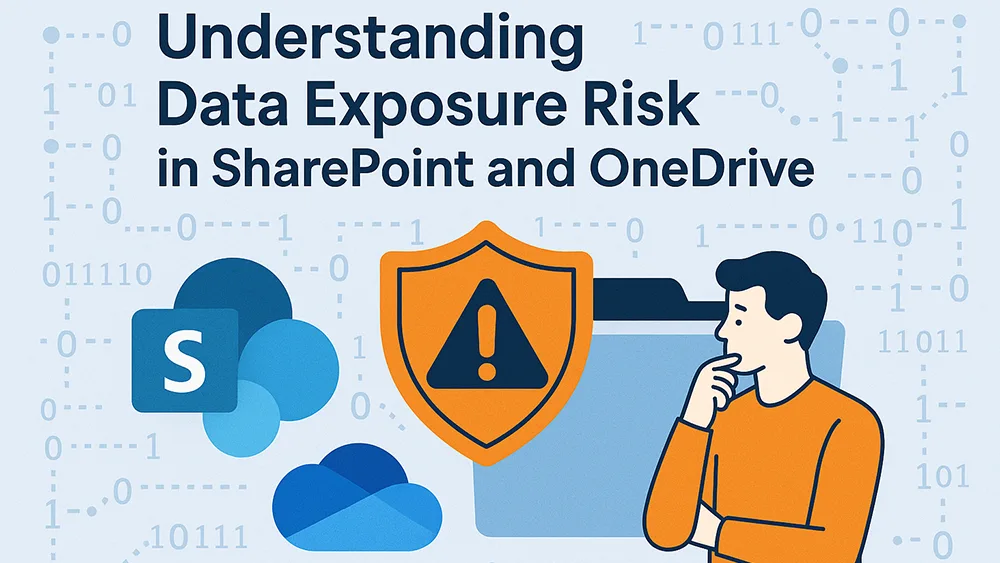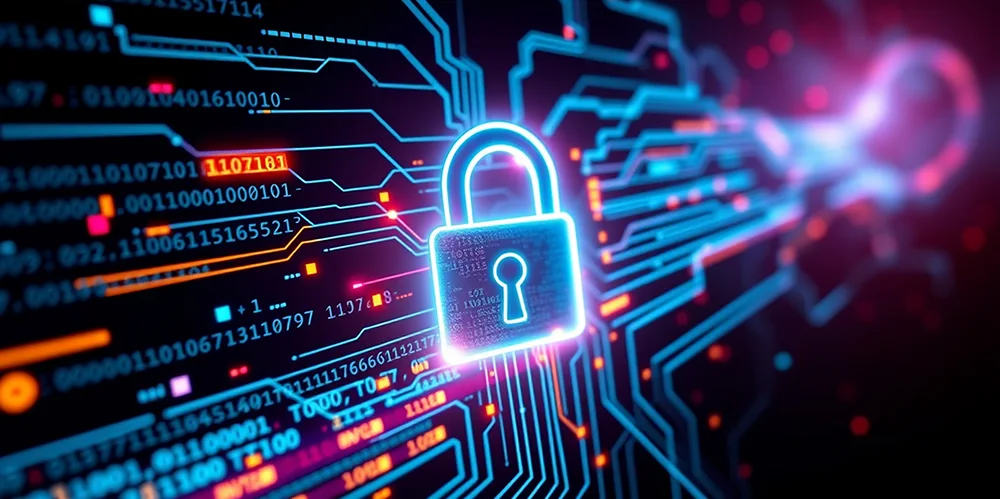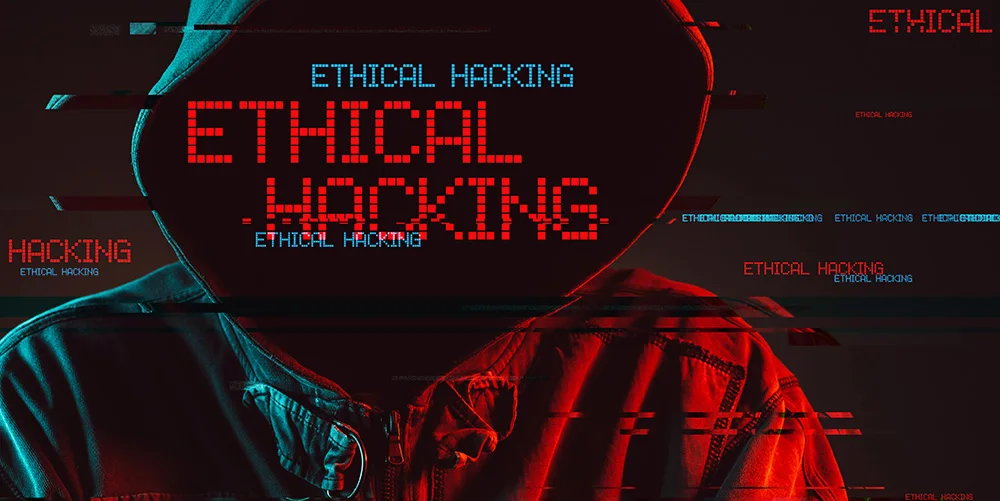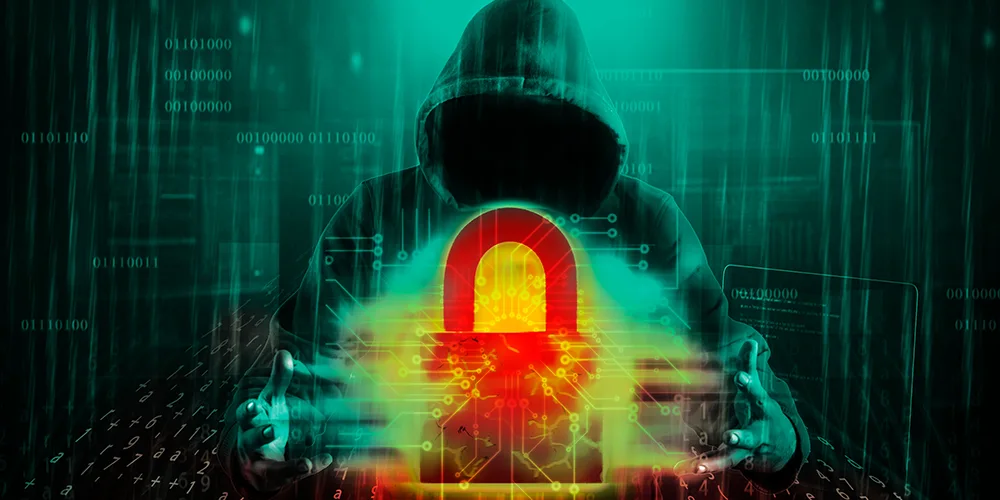Why your printer might be the biggest security risk in your office
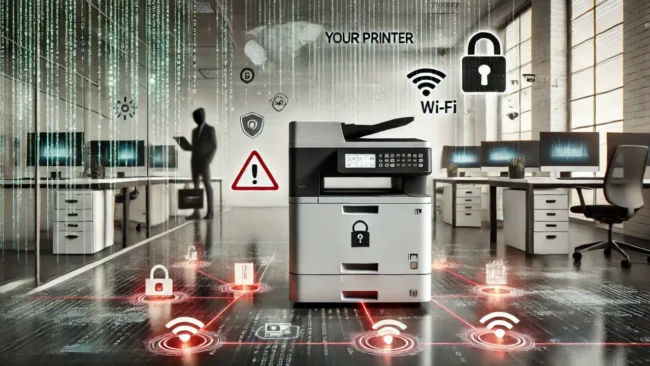
Posted on January 3, 2025 by Rob May
When most of us think about cybersecurity, we imagine cyber criminals targeting sensitive databases, phishing emails flooding inboxes, or malware infecting critical systems. Rarely do we think about the unassuming office printer sitting in the corner, quietly churning out pages of paper. But here’s the truth: that printer might just be the weakest link in your security chain.
Printers are no longer the “dumb” devices they used to be. Today’s printers are sophisticated, connected machines that store data, communicate with networks, and even process sensitive documents. That connectivity and functionality also make them a target. If printers are overlooked in your organisation’s cybersecurity strategy, you’re leaving a backdoor wide open for attackers.
Why Cyber Criminals Love Printers
Cyber criminals are opportunists. They target weak points, and unfortunately, printers are often neglected from a security perspective. Here’s why printers are so appealing to attackers:
- Default Settings Are a Goldmine Many printers ship with default usernames and passwords, like “admin” or “1234.” If you don’t change these, attackers can easily gain access. Once inside, they can spy on documents being printed, install malware, or even pivot deeper into your network.
- Stored Data Is Valuable Modern printers store data temporarily—sometimes even longer than you think. A print job with sensitive financial data or personal customer information could be sitting in your printer’s memory, waiting for someone to exploit it.
- Printers Connect to Everything Networked printers communicate with computers, servers, and even cloud services. Compromising a printer gives attackers a way to explore other devices on the same network. It’s like breaking into a house through the backdoor and finding a hallway that leads to every room.
- IoT Security Neglect Printers are part of the broader Internet of Things (IoT) ecosystem. Just like smart thermostats or connected cameras, printers often have weak security protocols. They’re designed for convenience and usability, but security is sometimes an afterthought.
The Real-World Impacts
A 2020 report by Quocirca found that 68% of businesses suffered data losses due to printer-related security breaches. These breaches can range from exposing customer information to allowing ransomware to take hold of your systems. A particularly chilling example occurred in 2018, when attackers exploited vulnerabilities in over 50,000 printers to spread propaganda messages. While this attack may not have caused direct financial harm, it highlighted just how vulnerable these devices can be.

What You Can Do to Secure Your Printers
The good news? Securing your printers isn’t rocket science. It just requires awareness and a few proactive steps. Here are some practical strategies to mitigate printer-related risks:

- Change Default Passwords Immediately First things first, change the default credentials. Use strong, unique passwords for all networked printers. This step alone can block most opportunistic attacks.
- Enable Firmware Updates Manufacturers frequently release security patches for printers. Ensure your IT team regularly updates the firmware to protect against known vulnerabilities.
- Segment Your Network Place printers on a separate network from your critical infrastructure. Even if an attacker breaches the printer, this segmentation prevents them from easily accessing sensitive systems.
- Encrypt Print Jobs Use encryption for data in transit and data at rest. This ensures that even if someone intercepts print data, it won’t be readable.
- Monitor Printer Logs Many modern printers have logging features. Regularly review these logs for unusual activity—failed login attempts, unknown devices accessing the printer, or strange print jobs could signal a breach.
- Secure Physical Access Sometimes the simplest solutions are the most effective. Make sure printers in public areas aren’t storing sensitive data and limit physical access to authorized personnel.
Don’t Let Your Printer Be the Weakest Link
Cybersecurity is a game of details. While firewalls, antivirus software, and endpoint detection are crucial, it’s the small, overlooked elements—like printers—that often catch businesses off guard. Printers may not seem glamorous in the world of cybersecurity, but ignoring their vulnerabilities can lead to significant consequences.
In today’s interconnected world, the principle of “security by design” must extend to every device in your office. The humble printer included. After all, your security is only as strong as your weakest link.
So, the next time you walk past that printer in the corner, don’t just think about toner or paper jams. Think about how to keep it secure. Because in the age of cyberattacks, even printers need protection.
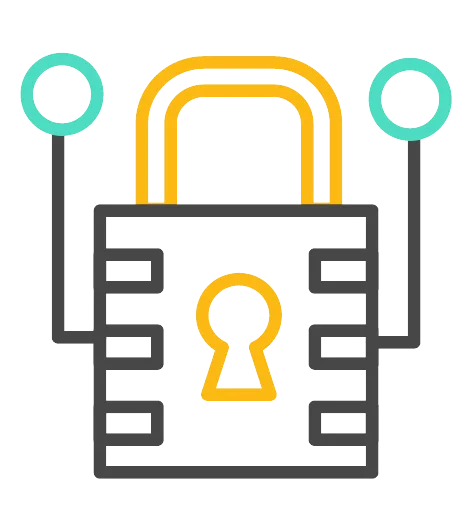

What is VMaaS and why does your organisation need it?
VMaaS stands for “Vulnerability Management as a Service” and is ramsac’s service offering to help safeguard your organisation from software vulnerabilities.
We use a state-of-the-art tool to identify vulnerabilities across your workstations and servers, automatically update or patch software from a large catalogue of supported software, and proactively work to reduce the overall number of vulnerabilities across your devices that could be exploited by cyber criminals.

